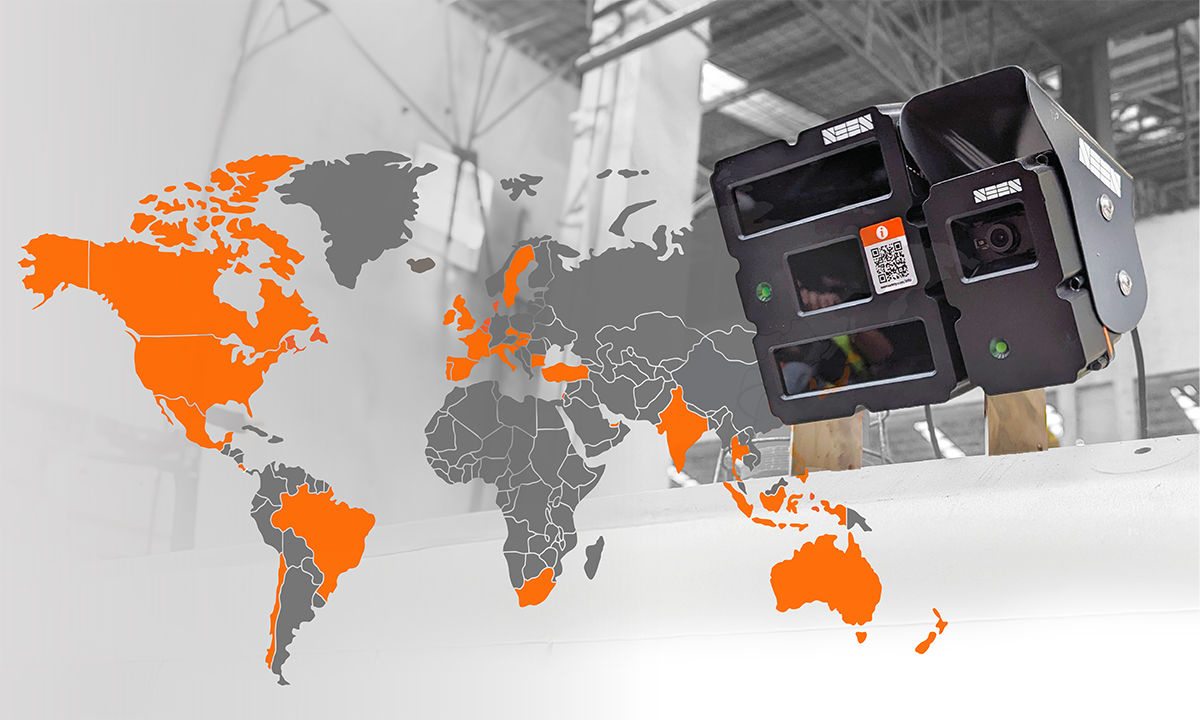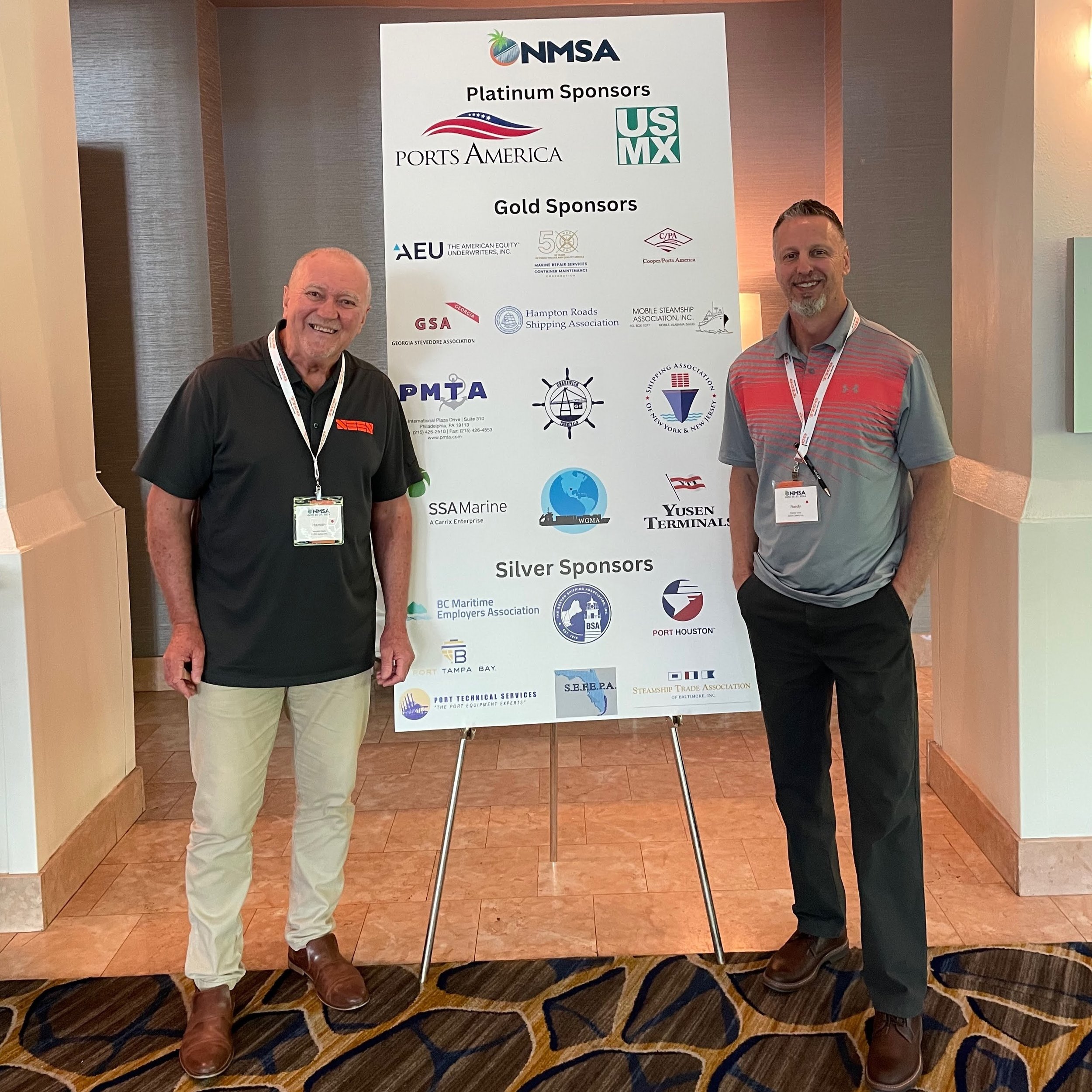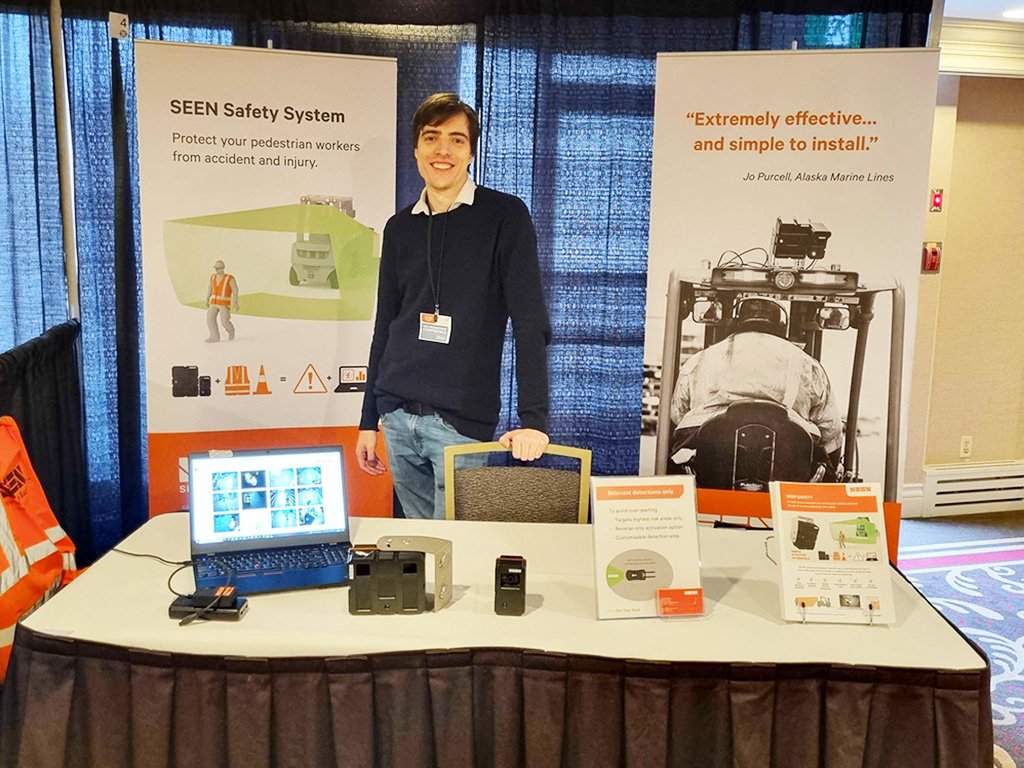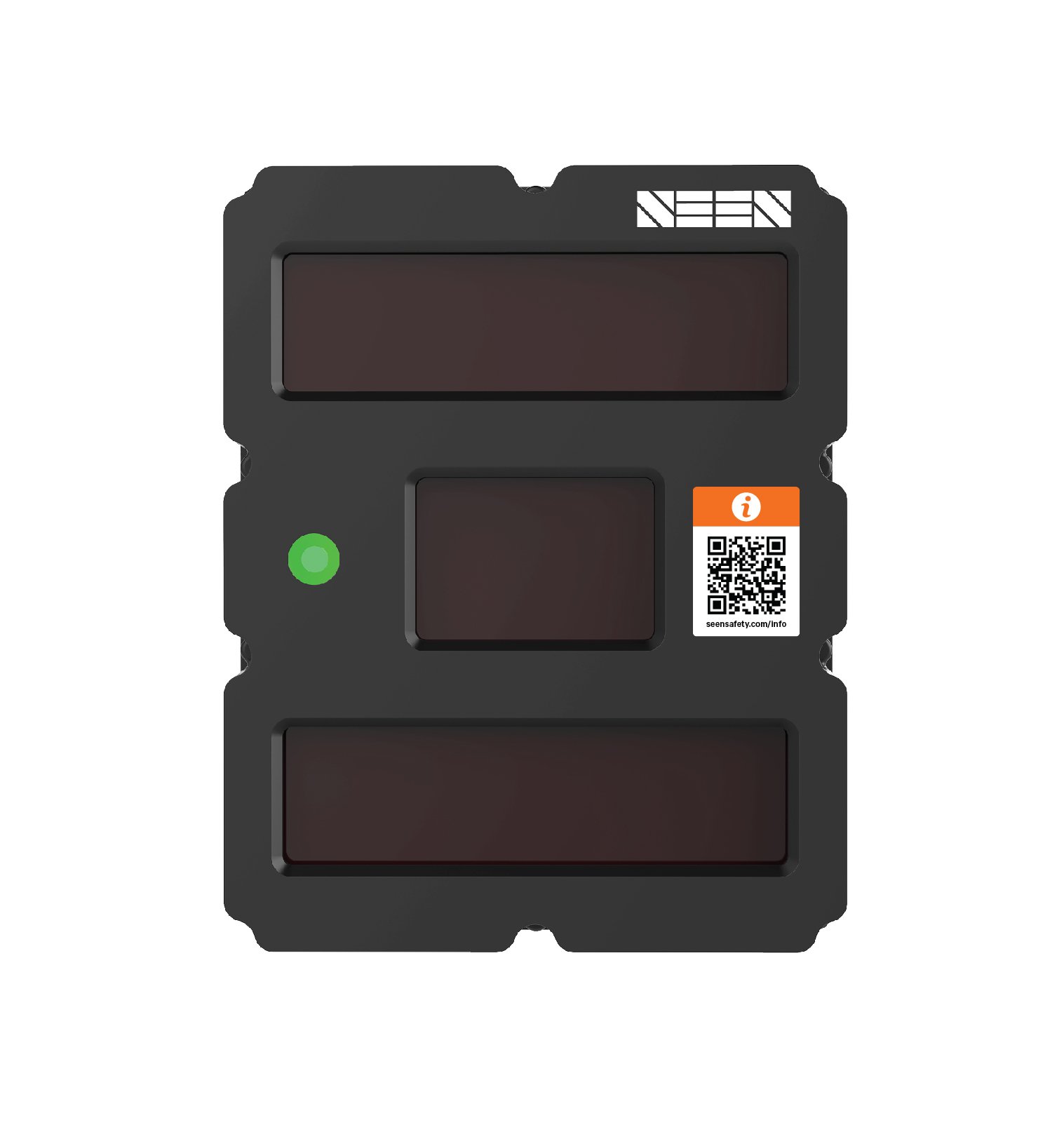
SEEN SAFETY News
SEEN Safety Showcases Technology at Conferences Internationally
Showcasing SEEN’s forklift pedestrian alert system to conference internationally.
Five star review from Alex True!!
SEEN Safety sensor fitted on turret truck at SP Richards
QR code stickers keep “help” close
QR code sticker on SEEN Safety IRIS 860 sensors provides link to valuable resources for users, managers and installers
Focus on Safety at Australia's Second Largest Aluminum Smelter
Hazardous environment no match for SEEN.
Technology and PPE work together to provide increased safety
SEEN and C3 work together to help save lives in busy, dangerous port environments.
SEEN Safety Offers Simple, Affordable Solution to Protect Pedestrian Workers
All inclusive packages now available for SEEN’s forklift pedestrian detection system.
“Extremely effective…and simple to install.”
Despite the harshest of conditions, Alaska Marine Lines finds SEEN sensors to be “extremely efficient… and simple to install”
‘Nothing as effective as SEEN’
AWH Australia finds that SEEN effectively adds new dimension to pedestrian safety around forklifts.
SEEN wins Punakaiki Fund Hi-tech Start up Company of the Year 2022
Seen Safety are proud winners of the Punakaiki Fund Hi-tech Startup Company of the Year 2022.

















